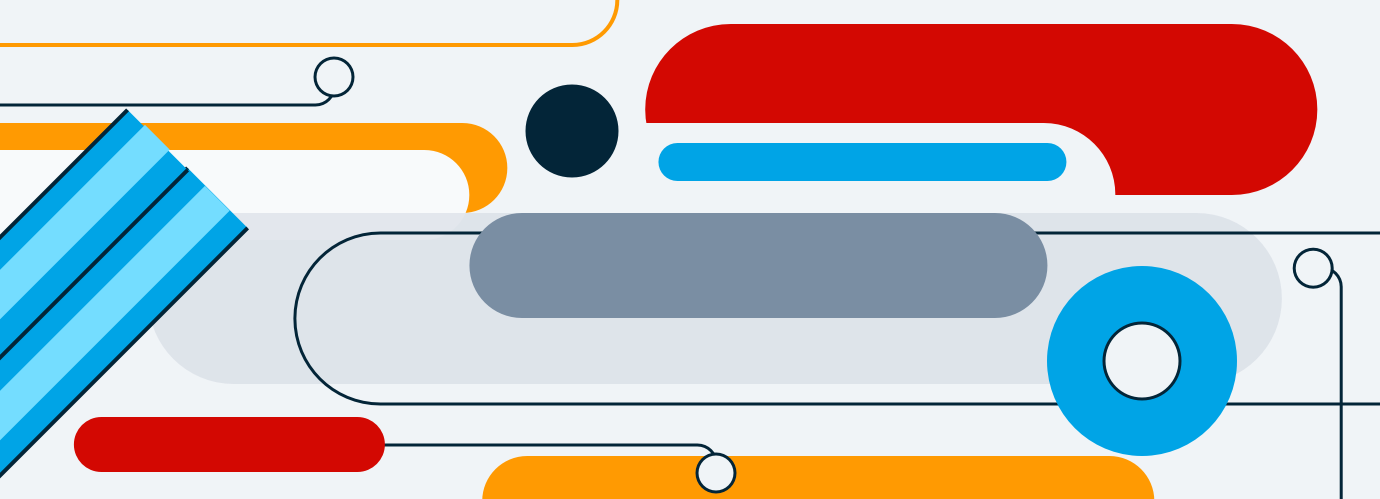A Closer Look at the Latest Feature Engineering Workflow Improvements in Tecton 0.6

Earlier this month, we announced the release of Tecton 0.6, which includes several new capabilities and updates to help data teams improve feature engineering workflows. In this blog post, we’ll take a closer look at the most significant updates in addition to the core notebook-driven development workflow improvements we have highlighted. Here are some of the big trends in ML feature engineering workflows that Tecton 0.6 is designed to help you build towards:
Faster iteration loops
Tecton 0.6 makes it easier to improve feature engineering workflows by providing a number of capabilities that make it easier to develop, test, and deploy ML features. Tecton’s Feature Platform ultimately saves development time and makes it easier to iterate quickly.
Low-latency data ingestion
Tecton 0.6 now makes it easier to ingest data from a variety of sources, including streaming data, with low latency. This is important for applications that require real-time insights from data, such as fraud detection and recommendation engines.
Improved interpretability of ML models
Precise feature engineering workflows can be used to improve the interpretability of machine learning models by making it easier to understand how the models are making their predictions as they take place. This can be helpful for organizations that need to be able to communicate product decisions to customers as well as regulators.
Improved accuracy and robustness of ML models
Refining your team’s feature engineering tactics can improve the accuracy of ML models by providing more relevant and accurate data. This can lead to significant improvements in the overall performance and effectiveness of machine learning models. By enhancing the robustness of features that power ML models, a feature platform ensures greater resistance to noise and data inaccuracies. This can be helpful for businesses that need to be able to rely on their models to make accurate predictions even when the data is not perfect.
These are just a few of the big trends in machine learning feature engineering workflows, and these are the latest Tecton 0.6 capabilities that help support them:
New Aggregation Function
Tecton’s built-in aggregation functions have always been designed to be easy to express, performant, and cost-efficient. They allow you to compute time window aggregations from the moment of the prediction, rather than just keeping aggregations to a given arbitrary point of time in the past. The result of this is real-time time-window aggregations with second-level freshness.
With the release of Tecton 0.6, the platform now includes several new aggregation functions, including First-N, First-N Distinct, and Last-N. These new functions work on both batch and streaming data and are built-in natively for free. As an example, you can use them to calculate the average purchase amount for a particular customer, or to calculate the total number of purchases made by a customer over a certain period of time.
Tecton also continues to include several other core functions such as Count, Sum, Mean, Max, Min, Last-N distinct, Variance, and Standard deviation.
Stream Ingest API
Ingesting streaming data into Tecton has never been easier than with the new Ingest API. This alternative way to send data to Tecton allows users to send data to the feature store with a simple API call. With this capability, you can easily ingest data from any data source, including Kafka, Kinesis, or a custom microservice, and then aggregate it or transform it using Python.
This capability makes it easy to integrate Tecton into existing data processing workflows and can help to simplify data ingestion. This makes it easy to create complex ML features using the freshest information possible, which is especially useful for real-time fraud detection, recommendation engines, and other use cases.
Query Debugging Tree
Debugging data processing pipelines can be a tedious and time-consuming task. Tecton’s new query debugging tree feature aims to make this process easier by providing users with a visual representation of their pipeline, from input data to materialized feature output. This feature allows users to investigate and debug every step of the pipeline, and quickly identify culprits for broken pipelines and opportunities for optimization.
ACL CLI Commands
Tecton 0.6 allows users to manage Service Account lifecycles and inspect and modify Workspace roles programmatically. This update simplifies user management, allowing users to focus more on feature engineering tasks and workflows.
Finally, Tecton 0.6 is also now compatible with Databricks Runtime 10.4 LTS and Amazon EMR release 6.7.0. The release of Tecton 0.6, with its new and improved capabilities, ensures more efficient feature engineering workflows for real-time predictive products.
Conclusion
By providing a new set of capabilities dedicated to enabling real-time machine learning, the Tecton feature platform enables data teams tackling countless use cases across various industries. As organizations across sectors increasingly rely on timely and accurate insights for decision-making, Tecton 0.6 is a release that caters to these technical goals. Curious to learn what else has been updated with Tecton 0.6? Visit our What’s New page and our 0.6 announcement blog post highlighting the complete list of updates.
